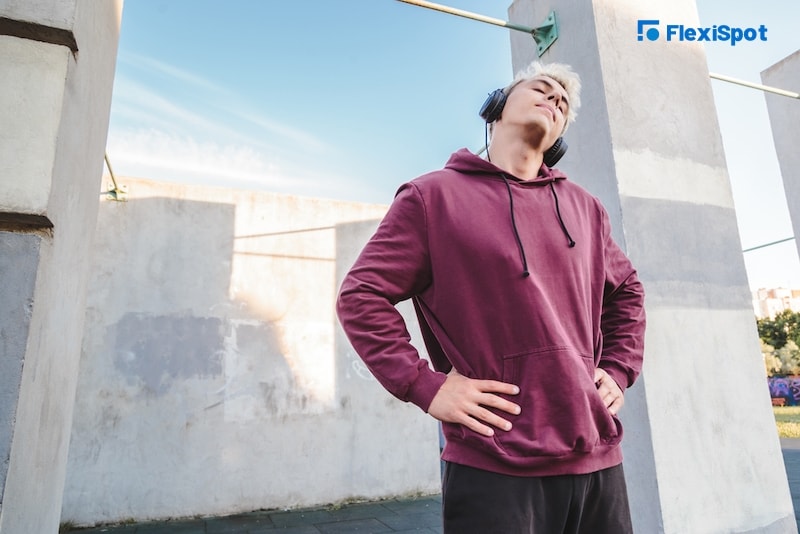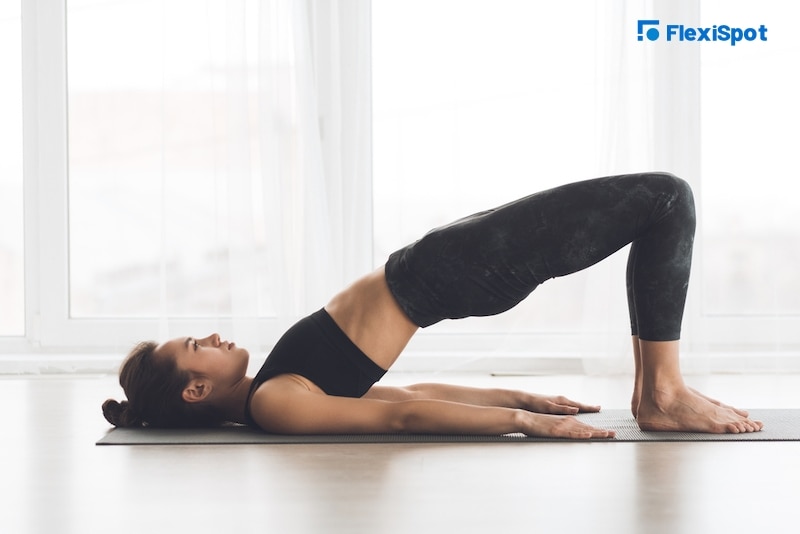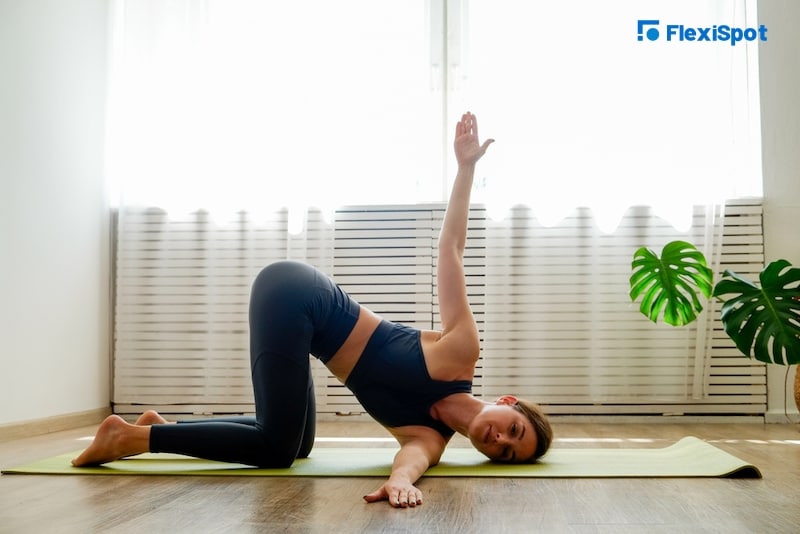According to studies, neck pain is one of the most common types of pain among Americans. Therefore, if you are experiencing neck pain, you are not alone, but it is time to do something about it.
Although it may appear straightforward, neck strains can be caused by several different things, most of which we do daily. A neck strain is an injury caused when you stretch the muscle fibers of your neck or tendon too highly. It is also called a pulled muscle and varies according to how intensely you tear your muscle fibers and where. Although it may heal within a short period, like a week or even a few days, the pain may vary from sharp to mild and even devastating. The pain can even stop you from performing basic household tasks like picking up items, getting dressed, and even driving to work.
Some common reasons for neck strain include:
Lifting heavy objects
Physical activity is typically good for your muscles and generally staying healthy. However, when executed, some tasks exert too much effort on your strengths, resulting in tear and neck pain. One job is lifting heavy objects such as boxes, construction material, or other similar activities. Bending too far down to reach objects can result in your muscles being pulled too far. In addition, picking up very things on the floor can put too much pressure on your neck muscles and even see them stiffen.
Poor posture
Your neck's muscles, ligaments, and tendons can be overexerted when you remain in a bad posture for extended periods. For example, sitting with your head bent forward can leave you in pain for days. Poor posture is among the most common causes of neck strain, especially concerning people who sit at their desks all day. Laptop displays, for instance, are poorly positioned because they force you to tilt your neck forward to see and type.
If you had problems with your neck during this period, your posture was probably to blame. Hunching over a monitor all day can result in multiple muscles in your body being stretched or exerted too far.
In the same breadth, pending long hours a day, looking down at your could result in significant exertion on the muscles of your neck and shoulder, resulting in varying degrees of neck pain from strains.
The Flexispot OC14 is one product you can use to reduce the incidences of neck strain while you work at your desk. Their latest ergonomic chair features a specially designed headrest that prevents your neck from tilting too much when seated. In addition to its frame offering lumbar support, it can also recline to better suit your body shape and requirements.
Collisions
A collision is highly likely to leave you with a neck strain. The impact can leave considerable pain in your neck because of strains, whether a car collision or an ordinary bump. The sudden impact of a bump can jerk the head, injuring the muscles of your neck as a result. Car accidents, on the other hand, put you at high risk of neck strains due to the increased momentum that suddenly stops the car. Sports activities can also result in neck strains if you exert your neck and shoulder muscles.
Repetitive movement
Repeatedly exerting your neck muscles can leave you with painful neck strains. Even the slightest motion with your neck can significantly impact your neck muscles because the repeated movement can see you wear out the fibers and injure yourself. Most computer displays pose a significant challenge to users because you are forced to tilt your neck in awkward positions to see clearly at the expense of health. However, Flexispot F6 Monitor Mount is one accessory you can use to improve the ergonomic capabilities of your setup. Using a gas spring system for hovering, the F6 allows you to make seamless modifications to the angles at which you view your display for reduced neck strain.
Ultimately, several things can see you straining your neck and experiencing excruciating pain. Even the most basic house tasks can leave you unable to use your laptop because of severe neck strain. Regardless, there are several exercises you can do to address neck strain. They incorporate exercises that target beyond your neck to prevent the pain, particularly in your neck, spine, and thoracic spine.
So, what are the best relief exercises for neck strain?
Sideways roll
It is performed while you are standing with your feet apart and your arms along their sides. First, you incline your head towards your right shoulder while attempting to reach it with ear tips. Ensure that your shoulder is not raised while trying to do this, and stop when you feel the muscle stretch. Remain for about 10 seconds, then return to your original posture. Repeat the process on the other side, your left, while ensuring the shoulders are not raised. Do this several times while ensuring not to strain too much.
Forward and backward roll
You can perform this routine while standing or even while seated. First, ensure that your head is squarely positioned and your back is straight. Then lower your chin in your chest direction, and maintain the position for a few seconds, up to 30. Relax your muscles, then slowly raise your head back to its original position while ensuring care. After this, incline your chin toward the ceiling and move the base of your skull towards your back. Retain this position for about 10 seconds, then return to your original. You should perform these exercises several times; you can also do them daily.
Sideways rotation
You can execute this exercise while standing or seated. First, ensure that your head is positioned directly on top of your shoulders and straighten your back. Then slowly rotate your head towards the right until you feel the muscles inside your neck and shoulder stretch. Stay in the position for up to 30 seconds, then slowly turn your head towards the front. Repeat the same procedure about ten more times to your left side.
These exercises are designed to primarily stretch the muscles in your neck to ensure they can withstand considerable tension without tearing. They will also address your neck pain after strenuous activities such as heavy lifting or persistent poor posture. What’s more, strain in your neck caused by repeated turns to the sides will also be addressed with these exercises. Regardless, targeting your neck will not ensure long-lasting freedom from neck strain and pain. As mentioned earlier, you must include activities aimed at other crucial parts like the shoulders. They include:
Bridge stretch
You should do this exercise while lying faceup on the floor or other surface with your feet apart and your knees bent. Then press your palms into the ground beneath and lift your hips using your feet. Afterward, join your hands underneath your pelvic region and extend your arms. Use your core during the exercise, so the floor is pressed to your lower back. Maintain this position, then inhale and exhale twice. The procedure is designed to improve your thoracic spine's mobility and strengthen your back. Addressing muscle tissues in the thoracic region is crucial to the well-being of your neck muscles as accumulated tension affects different parts. To ensure that your neck remains in a neutral posture, ensure that your chin is not protruding.
Needle thread
Another exercise that can immensely improve the mobility of your back, the needle thread, focuses on stretching the muscles in your thoracic region. It is performed while on all fours with your hands beneath the shoulders. First, use your right arm to try and reach across and under your body as your palms face upwards. Then lean into your right and bend the left elbow. Perform the exercises until you feel the muscles inside the back of your good shoulder stretch. Maintain the position for a moment and breathe in and out twice; then return to the original position and start the technique. The routine is done for about 30 seconds, and then you shift to the other side. Similar to the bridge stretch, it is designed for thoracic region muscles, improving their capability and even the mobility of your thoracic spine.
Back procedure
It would be good to lay down with your face on the floor while placing your hands behind your head. In addition, place your elbows pointing to your sides. Stretch your arms, reaching as far as possible, and rotate them next to your body with palms facing downwards until you can no longer. Then shift your hands, so your palms are facing upwards and bring them to your lower back. Stay in the position for a minimum of five seconds. Continue the process for about 30 seconds and repeat. It is designed to stretch the muscles behind your back, such as the anterior, the scapula, and the trapezius. You must engage these muscles so that you can maintain a posture that is proper and free from pain in your neck.







